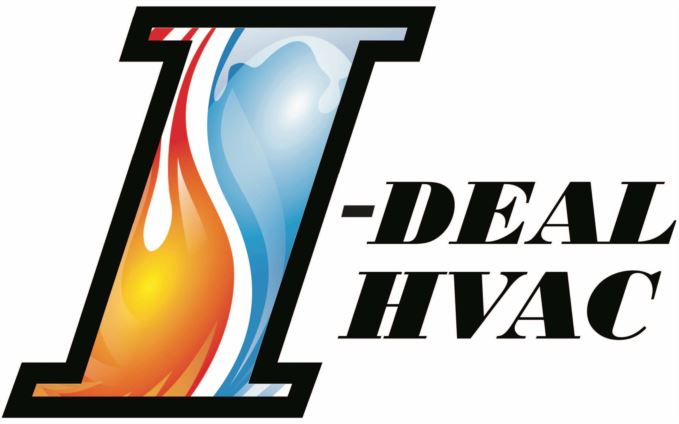
If you’re needing air conditioner installation in Albuquerque, you should also be looking at your new air conditioner’s SEER rating.
SEER means Seasonal Energy Efficiency Rating. Simply put, it measures how capable your air conditioner is at converting electricity into chilled air. A bigger number indicates your air conditioner is more efficient, which is excellent for your cooling costs.
However, there are a lot of different models on the market for air conditioners. And a higher SEER ranking frequently is accompanied by a higher price. So, how can you determine which one is ideal for your home?
At I-Deal HVAC, we offer a free, no-pressure home comfort analysis. You can book one by contacting us at 505-445-1250. Our knowledgeable air conditioner installers will collaborate with you to help you choose the right air conditioner for your home. Plus, they’ll also offer you a free, no-obligation estimate.
In the meantime, let’s discuss SEER ratings and how they can affect your home’s comfort. And your energy bills.
Does SEER Rating Even Matter?
In 2016, the federal government developed new SEER rules. New air conditioners are required to be at minimum 13 SEER in the northernmost United States and 14 SEER in the southeast and southwest. If you’re unsure when you had your air conditioner installed or what its SEER number is, you can locate the sticker on the unit outside your residence. If you can’t locate the sticker, you can give us a call at 505-445-1250 for assistance.
If your air conditioner was installed before that date, it’s probably much less efficient. Air conditioner technology has rapidly changed in the past several years, with major advances in energy efficiency and smart home capability. Using your new air conditioner with a smart thermostat could help you save even more on AC bills, because the thermostat can automatically regulate your temperature settings when you’re out.
If your existing air conditioner has a SEER rating between 8 and 10, installing a 14-SEER system could save you around 30–50% on annual electricity costs. Your savings depend on your air conditioner size and your temp settings.
Is a Higher SEER Rating Always Better?
An air conditioner with a better SEER rating will be more efficient at using electricity for cooling. The best efficient systems, which can go as high as 26 SEER, carry ENERGY STAR® certification. This designation signifies the air conditioner has achieved EPA rules for energy savings and environmental conservation.
While ENERGY STAR air conditioners are typically pricier, you’ll usually get the difference returned over time through smaller power expenses. These air conditioners, which are frequently rated 16 SEER and greater, use about 8% less power than other new units, according to ENERGY STAR.
One of the greatest differences between a 14 SEER and 16 SEER is variable-speed capability. A variable-speed air conditioner can operate at a number of speeds. This fine-tunes comfort for your residence while keeping your electrical costs low. It can also keep temperatures and humidity more balanced, since it can operate for longer without needing a lot more electricity.
When adding a variable-speed air conditioner, you’ll want to check that your furnace or air handler is compatible. This is due to the fact your air conditioner uses this equipment’s blower to distribute chilled air throughout your house. Furnaces only last for around 20 years, so if yours is around that mark, we recommend furnace installation at the same time so you can enjoy all the benefits of your variable-speed air conditioner.
When you’re set to replace your air conditioner, the cooling specialists at I-Deal HVAC are here to assist you. Give us a call at 505-445-1250 to set your free home comfort analysis right away.
